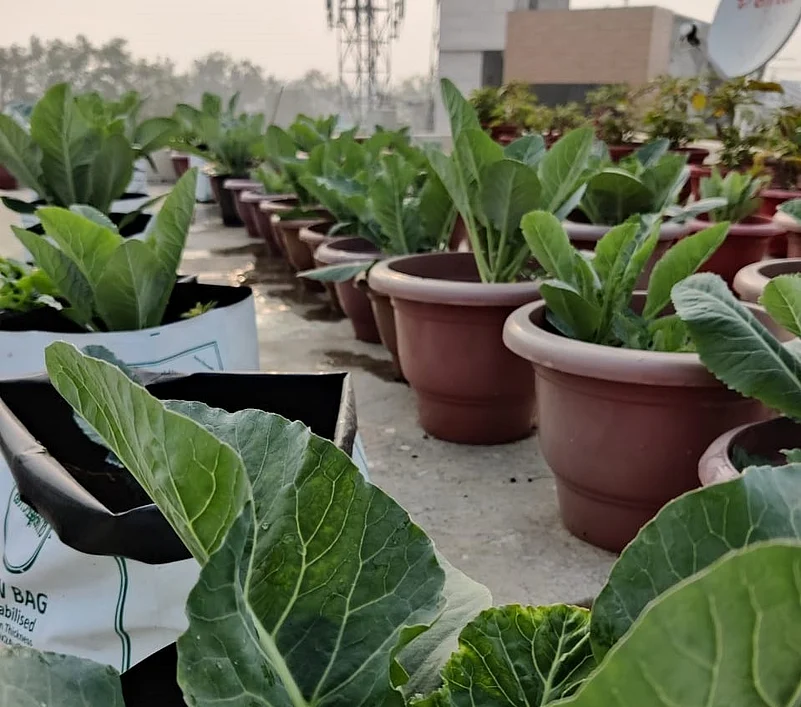Burgeoning population, contracting arable land, coupled with environmental changes and pollution have led mankind to look at additional options for farming – including using roof and walls.
In keeping with the Singapore Government's goal of producing nearly 30% of the country's nutritional needs by 2030, Flex Singapore's site in Kallang has converted its rooftop into a pesticide-free farm. The 10,000 square feet area has been converted into a rooftop farm using bio-hydroponics carbon reduction farming system. This initiative was established in conjunction with Red Green Collective, a Singapore-registered entity that is dedicated to farming vegetables without pesticides.
According to Daniel Tan, Flex's Vice President of Operations, the company is working to significantly reduce greenhouse gas emissions across its global footprint in alignment with the Science Based Targets initiative.
Advertisement
Flex Kallang's rooftop farm does not use any soil and relies on water solution that is rich in macronutrients. Only pipes and water are needed to grow pesticide-free greens and fresh vegetables.
The pesticide-free fresh produce is regularly distributed to employees and to local charities.
Flex is a manufacturing partner that helps a diverse customer base design and build products that ‘improve the world’. Through the collective strength of a global workforce across 30 countries and responsible, sustainable operations, Flex delivers technology innovation, supply chain, and manufacturing solutions to diverse industries and end markets.
In Belgium meanwhile, the plans for a research centre for horticulture in Roeselare were as impressive as it gets when located on top of the REO Veiling crate shed. The 9,000 square metre roof greenhouse, which cost Euro 15 million, is the largest of its kind in Europe.
Advertisement
West Flanders is not only the most important agricultural and horticultural province of Flanders (accounting for almost 20% of the turnover in this sector), the region around Roeselare is also called "the vegetable garden of Europe".
The rooftop greenhouse is also Europe's largest for research into hydroponics; substrate cultivation. Not a grain of soil can be found in the 6,000 sq m cultivation area. Substrate cultivation offers the possibility of producing quality crops and reducing the environmental impact. It helps growers to meet current challenges inefficient growing practices, circular water use, and crop protection and provides benefits such as higher yields and ergonomics.
The flexible layout, including a gabled greenhouse no less than 12 meters high, allows experimentation with optimum use of space, growing in height, multilayer cultivation, various types of growing gutters, and more sustainable substrates. Research is also being done into cooperation between horticulture and the city: for example, innovative water recuperation and reuse of urban residual heat.
With double screen cloth and ventilation jets, Inagro also applies the principle of 'The New Cultivation', where heating energy is used more efficiently. A climate computer automatically provides the crop in each compartment with its requirements for heat, light, and humidity. Agrotopia uses two external sources of heat: the combined heat and power (CHP) system of REO Veiling and the heat network of MIROM.
Advertisement
A closed water balance has also been created through recirculation. The basis for the feed solution is rainwater from the five large cylinders on which the façade greenhouse rests. A centrally located nutrient computer prepares the nutrient solutions, and a control computer for each compartment controls all the installations. With research into entomoponics, Inagro is closing even more cycles. Cultivation systems for growing vegetables and insects in the same environment must make better use of space and valorise residual flows from greenhouse horticulture as a food source for insects.




















